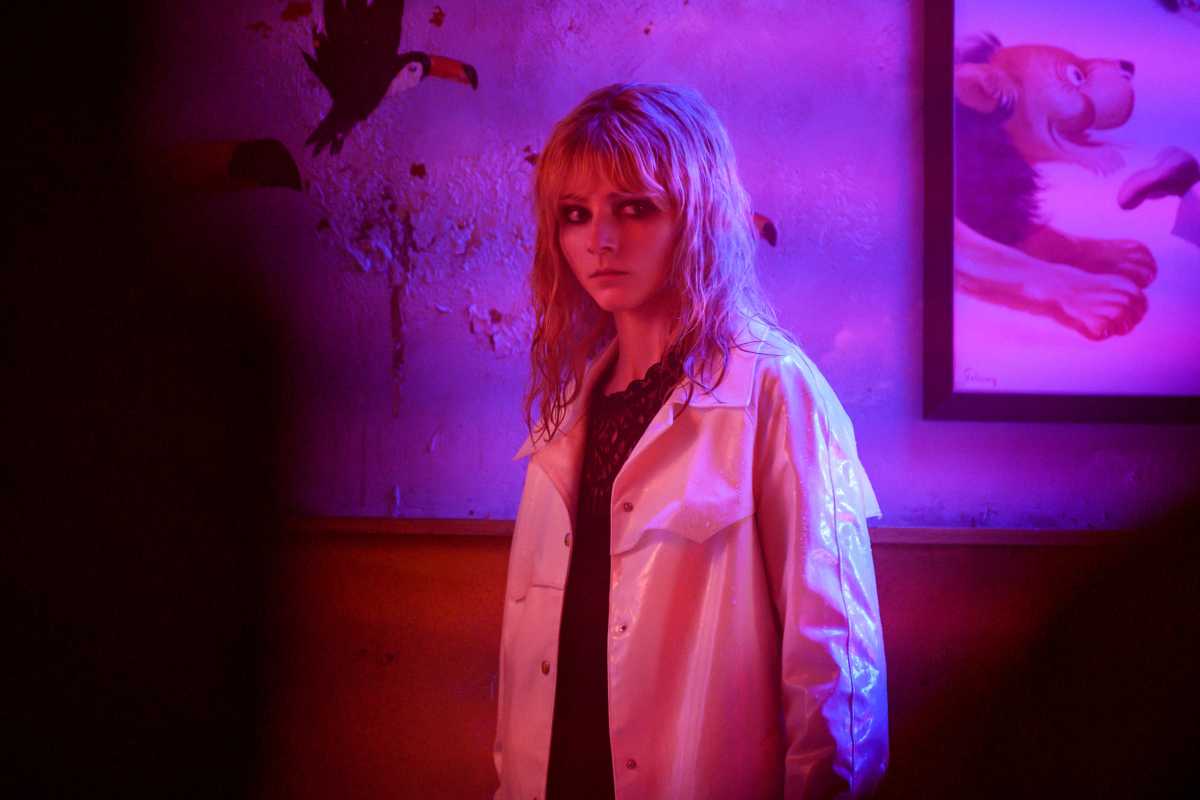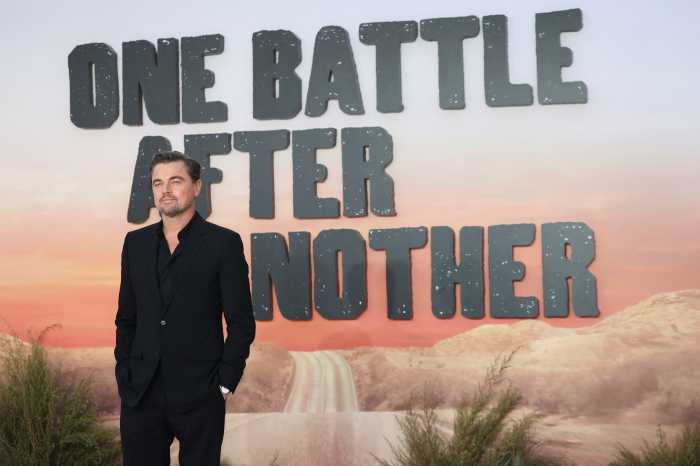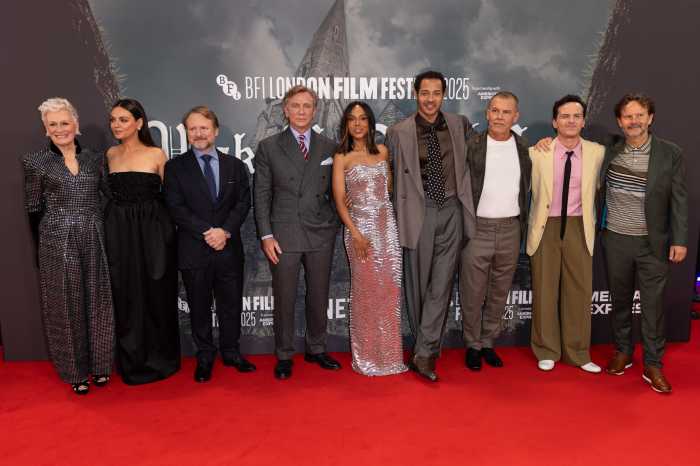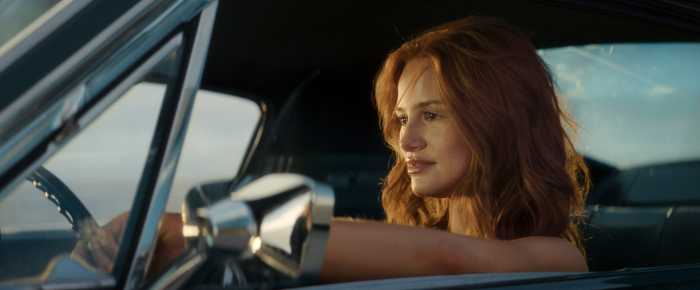Writer-director Edgar Wright’s latest film, ‘Last Night in Soho,’ might shine bright through previews as a colorful noir-esque take on a woman who was apparently murdered in the Soho section of London—and the girl who seems to be witnessing it all happening in front of her eyes decades later. Starring Anya Taylor-Joy as Sandie, a hopeful singer in the 60s who meets a fatal fate, and Thomasin McKenzie as Eloise, a bright-eyed fashion designer from Cornwall who heads to the big city filled with even bigger problems, the film flashes many elements showcasing just a few scenes. And when it opens this weekend, audiences will be able to experience all of the elements themselves, especially the fashion.
Serving as the costume designer on this film, Odile Dicks-Mireaux was there to help bring out the director’s vision while also acting as a catalyst for the actors to truly get into character. With a film that takes place both in the past and present, a complicated order was served and met—and they had quite the time getting there creatively .
Dicks-Mireaux sat down to discuss more of what went into creating the fashion of ‘Last Night in Soho.’
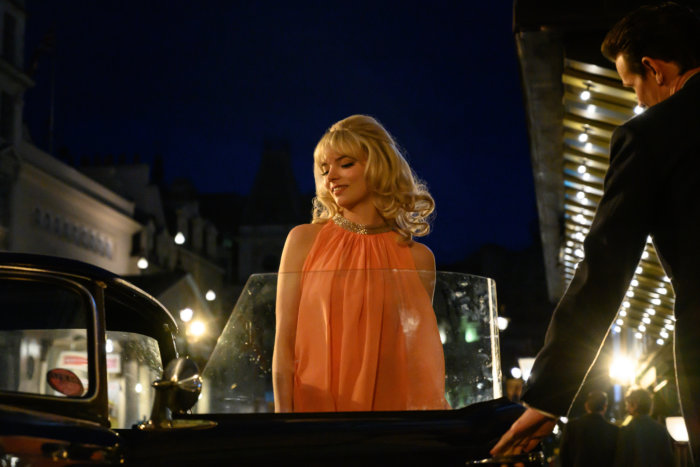
What was it about this film that interested you to want to sign on?
I think it was the 60s side that attracted me to it. I read the script and I wasn’t completely sure that I understood it… then step by step, researching the 60s and [meeting] the director, Edgar, I just really enjoyed talking to him about it and his passion for everything— and it’s unusual to work on an original script rather than an adaptation of something. So I was hooked really, and that was it. He’s fantastic to work for because he gives you so much research as well. We had about 15 films he wanted us to look at if we had the time to get the tone of the time. He researched a lot about Soho, I live in Soho and I know London really well [having grown up] here, and he lives around the corner— so there were lots of things that made sense. And there were very nice design challenges, which are often not always there in the script.
You mentioned research, what role does that play in your process?
Research is [a way] to get lost back into the world that you’re trying to recreate. Contemporary or period—that’s what helps you with your design process and what helps you come up with your imaginative ideas and options to offer up to your director to draw out what his vision is. I think when you place a vision in front of someone, they often know more of what they want rather than just talking about it. So, research is really important to show as much as you can and see what their reaction is.

How would you compare the style in the 60s and the more modern style shown throughout the film?
I think I wanted to keep it quite separate—but not so much in Thomasin’s journey. With the other fashion students, I know the art department traded stories about what they might be inspired by so that the class would look authentic. But, we knew that she [Eloise] was very much inspired by the 60s, and we did a lot research on fashion students to make that world believable. I think Edgar is very much into trying to make worlds very believable so the audience really gets taken in by that journey and believe it as much as possible—whether it’s the horror, the 60s, or the modern day. So, we did a lot of research on the contemporary, we went to the art school and took about 500 different photographs of students and we worked out their themes. I think there are very much little groups that you can find and hone in on. But with the 60s it was different. I was using celebrities, films and fashion magazines as my research and a lot of paper patterns, because at the time, a lot of people made their own dresses and it was quite simple to make [it] once you got the right fabric. That was quite fun.
What do you try to show with each character’s evolution as the movie goes on?
Anya’s fashion journey is slightly different because you know that she is going to be spiraling down a path that is quite important to tell in the story, and she’s obviously being dressed to a certain extent by Matt [Smith] to attract men at some point. The first dress is her own, the second dress isn’t and then the dresses she wears in the basement club are all you know, well actually all of those are vintage pieces. The advantage of the period was that we could use the skirt as well to tell her journey. She doesn’t show as much flesh in the beginning, she’s got a longer skirt with the black lace dress and she’s quite demure… Then she’s seen wearing a much shorter dress, the red dress which reflects a little bit of the burlesque and so that was quite interesting to do. With Thomasin, we tried to recreate a fashion student who’s just come up from Cornwall with a little bit of individuality there. Once she transforms herself into Anya with her hair, I felt like we very much had to find 60s motive with her clothes more than maybe anything to do with contemporary fashion. So, I used Brigitte Bardow there really. At the beginning, I was looking for her journey with the contemporary and then once she transforms into a blonde, I looked very much back into the 60s and tried to find a modern equivalent of that.
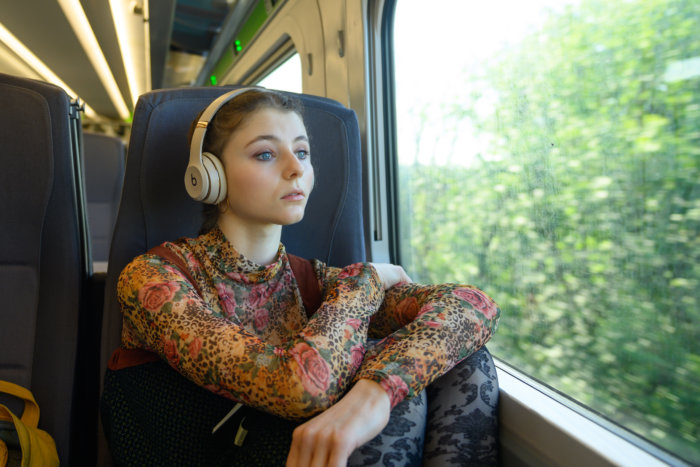
Overall, how was the experience working on the fashion of a film centered on a fashion student?
You draw in help and advice where you can. Sometimes you find things in your sample house that inspire you, sometimes you have to find other people to inspire you—but you’re sort of drawing it all together to get it to the final point for Edgar. You’ve got to find the right people to work with you that are understanding of what you’re trying to do and who are generous enough to offer help. But if somebody in the audience can remember something that stands out to them, then that’s great. You don’t need to want to wear it or anything, just remembering something that stands out—then you’ve done your job without it overtaking the whole film.
‘Last Night in Soho’ opens in theaters Oct. 29.



